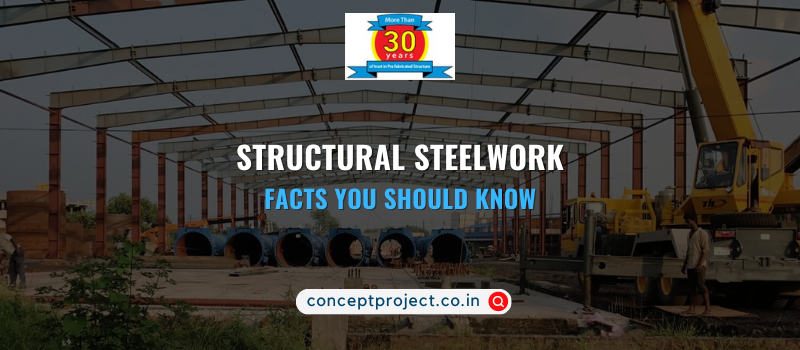
Facts That You Should Know About Structural Steelwork
Steel is one of the most popular and favoured materials in the construction industry. It is required to make bridges, buildings and factories, ships and cars. Hence the use of steel is ubiquitous in every place.
For several years, domestic and commercial steel structures demand has risen considerably. People prefer it for its strength, flexibility, and toughness. The fabricators perform steelwork by cutting, bending and assembling the structures to make pre-defined shapes and sizes. Besides, they also ensure that the steel stays strong despite being cast or moulded.
Steel is the backbone of most commercial building structures. In this article, we have discussed structural steel and its components in detail.
What is Structural Steel?
The fabricators shape the steel as per the requirement of different commercial and industrial structures. It is easy to work with because of its ductility, strength and durability.
The methods of structural steelwork depend on the strength and durability of steel and the industrial needs. It is also necessary to ensure minimal errors and structural issues.
What is Steel Made From?
The experts make steel by crushing and sorting raw iron ore. They place the ore inside the furnace to remove the impurities. The pure iron settles at the bottom of the blast furnace. At the last stage, they draw off the molten iron and mixes it with other compounds to manage strength and elasticity.
The components mixed with steel to make structural steel are mostly carbon and manganese.
Types of Structural Steel
The critical components which form the skeletal framework of structural steel consist of beams, columns, steel studs, steel joists and aluminium framing. In the construction industry, the following structural steel types are used –
-
Angled Sections
They are L shaped, right-angled structures made in various lengths. Its application include commercial and industrial construction, mining and transportation etc.
-
Hollow Tubular Sections
These are cross-sections with high torsion resistance. This makes it perfect for multi-axis loading processes.
-
Flat Sections
Also known as plates, the manufacturers attach them to another section to reinforce more strength.
-
Hollow Rectangular Section
It is similar to circular hollow sections, but the only difference is the shape of every product.
-
Beams and Columns
The beams are utilised for making columns and are made from structural steel. It has a high load-bearing capacity.

Structural steel application is commonly used in transportation, mining, construction, energy and marine sectors. For further details, consult Concept Project & Consultancy Services for high-quality structural steelwork and construction project solutions.

